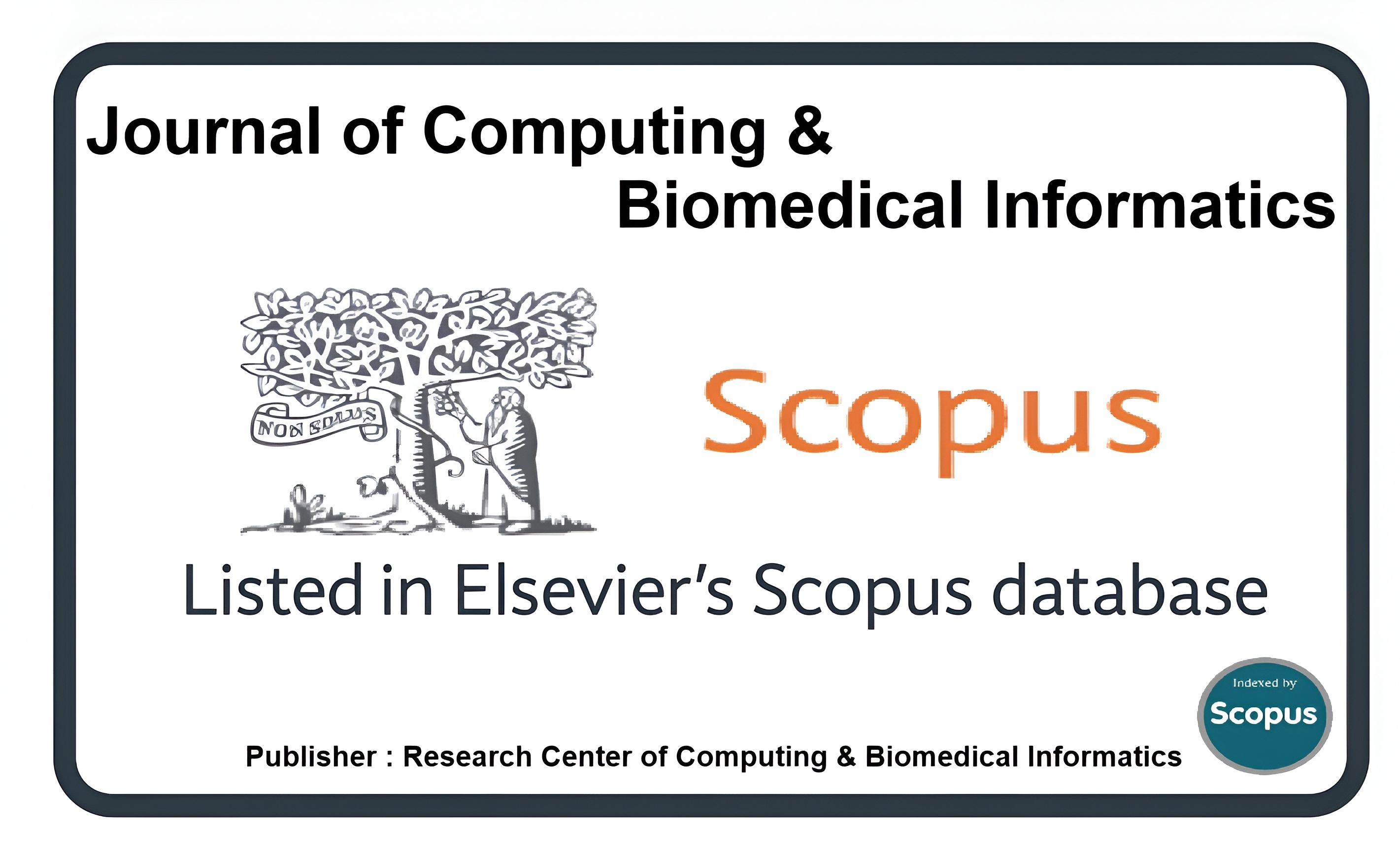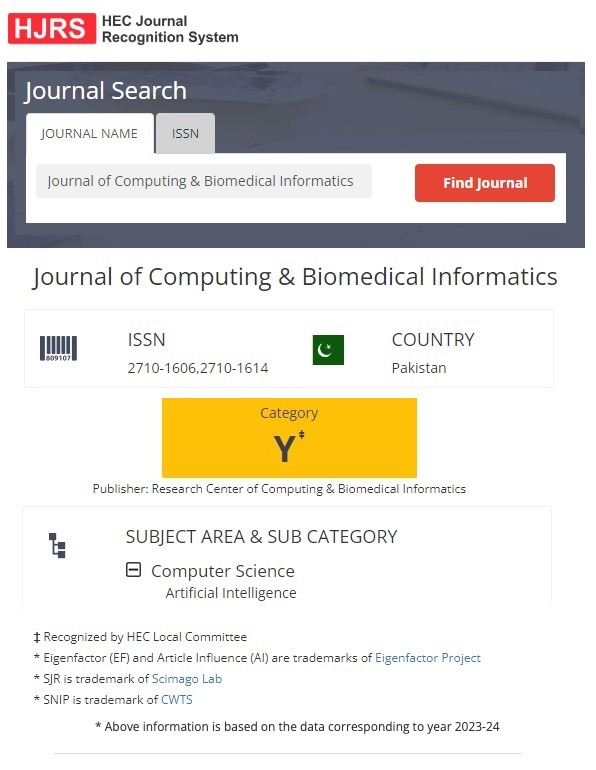A Comparative Study of Machine Learning Methods for Optimizing Mushroom Classification
Keywords:
Mushroom Classification, Ensemble Learning, UCI Mushroom Dataset, Predictive Performance, Food Safety, Machine LearningAbstract
The exact characterization of mushrooms as consumable or noxious is a basic undertaking that has suggestions for general wellbeing and security. Utilizing machine learning to further develop the forecast precision in such double grouping undertakings addresses a critical progression in both food handling and botany studies. This paper investigate the use of ensemble learning strategies to improve prescient execution utilizing a cleaned and pre-handled form of the notable UCI Mushroom Dataset. The dataset incorporates highlights, for example, cap diameter, gill color, and stem shape, each adding to the characterization precision of mushrooms. In this review, we applied a few noticeable gathering techniques: Random Forest, Gradient Boosting, AdaBoost, Extra Trees, and Bagging. Every procedure uses an alternate methodology to total expectations from different models to work on the dependability and exactness of forecasts over utilizing a solitary model methodology. The assessment of these procedures was directed utilizing a complete arrangement of measurements including accuracy, precision, recall, F1 score, ROC AUC, Matthews Correlation Coefficient (MCC), and Cohen’s Kappa. The Additional Trees group strategy showed prevalent execution, accomplishing the most noteworthy accuracy of 99.17%, precision of 99.20%, and recall of 99.28%. These outcomes were joined by a F1 score of 99.24% and a ROC AUC of 99.94%, demonstrating exceptionally solid prescient capacities. . Such discoveries feature the capability of gathering techniques in basic applications where the expense of misclassification can be serious. The review not just reaffirms the worth of gathering learning in complex order errands yet in addition gives a guide to additional examination into its applications in different spaces requiring high-stakes navigation.
Downloads
Published
How to Cite
Issue
Section
License
This is an open Access Article published by Research Center of Computing & Biomedical Informatics (RCBI), Lahore, Pakistan under CCBY 4.0 International License





